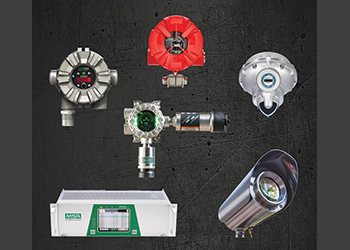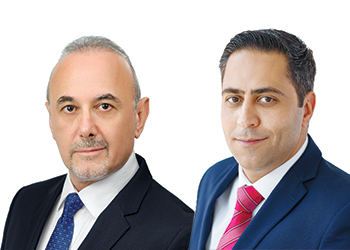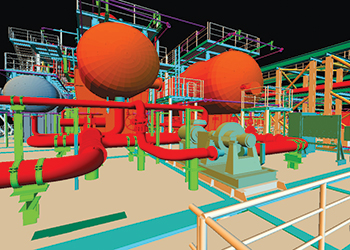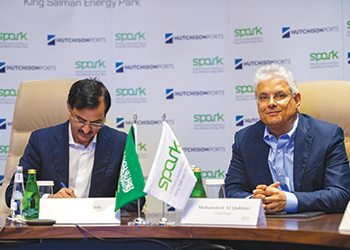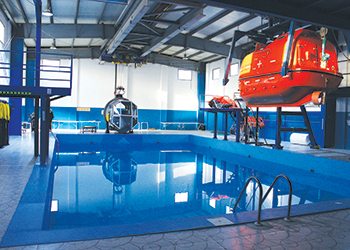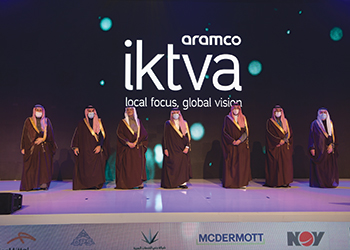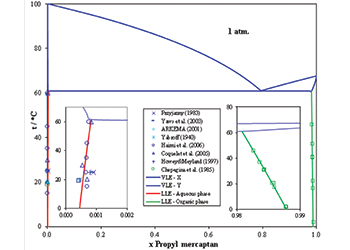
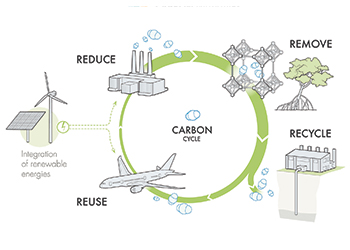 The circular carbon initiative outlined by Kaust
The circular carbon initiative outlined by Kaust
Saudi Arabia has the financial and human capacity to drive ahead energy transition; strengthening public-private partnerships will prove helpful in this regard
Saudi Arabia has in place all the ingredients, including institutional, human and financial capacities, needed to facilitate the ongoing energy transition, specifically its adoption of the holistic circular carbon economy (CCE) approach.
In their paper, ‘Energy Transition in Saudi Arabia: Key Initiatives and Challenges’ Fateh Belaid and Aisha Al Sarihi, researchers at King Abdullah Petroleum Studies and Research Center (Kapsarc), have attempted to understand the magnitude of the efforts by the kingdom in this regard and the challenges that come with it.
Energy transition has become a prominent concern for policy-makers around the world.
In this context, alternative energy sources will play a key role in the process of energy mix decarbonisation and in the implementation of a new economic model, aiming to advance social well-being and sustainability.
The Paris Agreement of 2015 on climate change outlined two key energy policies to achieve the climate and sustainability goals: energy efficiency and renewable energy.
A success factor in realising these goals is to accelerate the development and adoption of high-impact clean energy technologies.
While many technologies, such as batteries, solar, and wind, have achieved significant cost reductions and large-scale adoption thresholds, critical technology shortfalls exist in other sectors, including industry and transportation.
ENERGY TRANSITION IN KSA
Saudi Arabia has for long been actively joining global forces to address climate change and managing energy transition both at international and domestic levels.
It ratified the UN Framework Convention on Climate Change (UNFCCC) in 1994 followed by the Kyoto Protocol in 2005. Then in 2015, Saudi Arabia submitted its Intended Nationally Determined Contribution (INDC) ahead of the Conference of Parties (COP 21) in December 2015, and ratified the Paris Agreement in 2016.
A few years later, in April 2021, Saudi Arabia joined the Net Zero Producers Forum to come up with pragmatic net-zero emission strategies, including methane abatement, advancing the circular carbon economy approach, development and deployment of clean-energy and carbon capture and storage technologies, diversification from reliance on hydrocarbon revenues, and other measures in line with each country’s national circumstances.
At the domestic level, Saudi Arabia has adopted many goals to accelerate energy transition. These include the country’s initiatives in energy efficiency, renewable energy, nuclear, and hydrogen.
Most notably, its CCE approach encompasses a broad range of transition pathways and options available, considering different national circumstances, while striving to meet shared global aspirations.
• Energy efficiency: One of the first energy efficiency initiatives in Saudi Arabia was the launch of the National Energy Efficiency Program in 2003. Building on that experience, the Saudi Energy Efficiency Center was established in 2010.
In 2012, the centre launched the Saudi Energy Efficiency Program to improve the kingdom’s energy efficiency by designing and implementing energy efficiency initiatives.
Currently, the National Energy Efficiency Plan is focusing on the design of the first energy conservation law and national and regional regulations, preparation of a new national database on energy supply and demand, capacity development of energy efficiency managers, and public awareness.
Also, in 2010, the Saudi Green Building Forum was launched to promote the construction of energy and resource efficient and environmentally responsible buildings.
By the end of 2014, the kingdom had more than 300 green building projects, investing approximately $53 billion.
• Renewable Energy: Given the geographic location of Saudi Arabia within the Sun Belt, the country has a remarkable renewable energy potential.
Additionally, developing alternative energy sources is in line with the Kingdom’s Vision 2030, which aims to diversify the economy by substantially reducing reliance on oil.
In 2017, a Renewable Energy Project Development Office (REPDO) established at the Ministry of Energy, launched the National Program for Renewable Energy Projects to oversee the development of KSA renewable energy in the country.
The targeted renewable energy source size then was 9.5 GW. But, in January 2019, REPDO increased the target to 58.7 GW by 2030, including 40 GW generated from solar PV, 16 GW from wind power, and 2.7 GW from Concentrated solar power (CSP). The plan also included the development of more than 35 sites across the Kingdom.
In January 2021, Saudi Arabia announced to generate 50 per cent of its electricity from renewables by 2030, and the other half from natural gas-fired power generation.
The total renewable energy installed capacity in Saudi Arabia has increased from 3 MW in 2011 to 413 MW in 2020.
• Nuclear power: Saudi Arabia currently has no nuclear power plants, but has plans to include atomic energy in its future energy mix. It aims to build a domestic nuclear industry to meet rapid increase in energy demand across the industrial and residential sectors.
In 2010, the King Abdullah City for Atomic and Renewable Energy (KA-CARE) was established that launched the National Atomic Energy Program.
Preliminary studies show that Saudi Arabia boasts an estimated 60,000 tonnes of uranium ore.
• Hydrogen: In line with Vision 2030 and the CCE approach, Saudi Arabia has embarked on several hydrogen development initiatives.
In July 2020, a $5-billion Saudi green hydrogen plant, powered by 4 gigawatts (GW) from renewables, was announced in Neom city. The plant will produce 650 tonnes of hydrogen by 2025 for the international market.
In September 2020, Aramco sent the world’s first shipment of blue ammonia produced locally to Japan.
Also, early 2021, Saudi Arabia and Germany signed agreed to enhance bilateral cooperation in hydrogen.
• Circular Carbon Economy (CCE): A key insight from CCE is to achieve a pathway towards net zero emissions based around ‘four Rs:’ Reduce, Reuse, Recycle, and Remove.
CCE builds on the kingdom’s earlier efforts on reducing its carbon emissions, including the kingdom’s pilot project in 2015, which comprises a CO2 capture plant in Hawiyah and an enhanced oil recovery project in ‘Uthmaniyah oil field,
At the centre of the CCE approach are the Ministry of Energy, King Abdullah Petroleum Studies and Research Center (KAPSARC), King Abdullah City for Atomic and Renewable Energy (KACARE), Saudi Energy Efficiency Center (SEEC), Designated National Authority (DNA), Electricity and Cogeneration Regulatory Authority (ECRA), Nuclear and Radiological Regulatory Commission (NRRC), and the Executive Committee for Governance of Price Adjustment of Energy and Water Products.
CONCLUSION
With all these measures, Saudi Arabia is on track for its energy transition goals. However, there is still room for improvement.
The Kingdom should further enhance cooperation public, private, financial, and academic entities in order to reduce risks of conflicting strategies, additional regulatory burdens, or inefficient budget allocation.
Support should be extended to research and evidence-based policy making as well as innovation in the energy sector by stimulating cooperation between all stakeholders, who can be potentially involved in energy innovation.
Furthermore, localisation of alternative energy technologies needs to be enhanced reduce dependency on other countries for these technologies.
By Abdulaziz Khattak



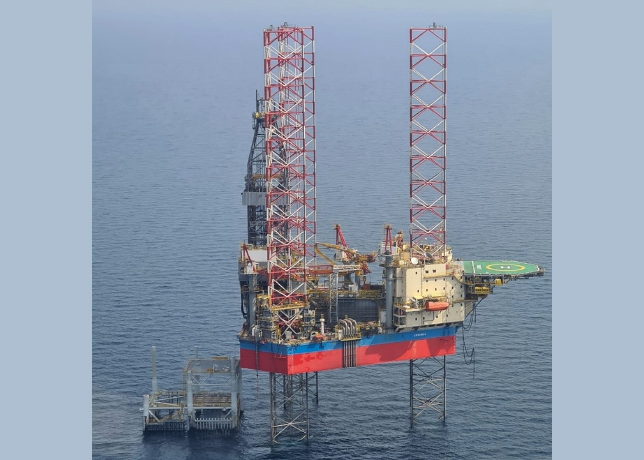




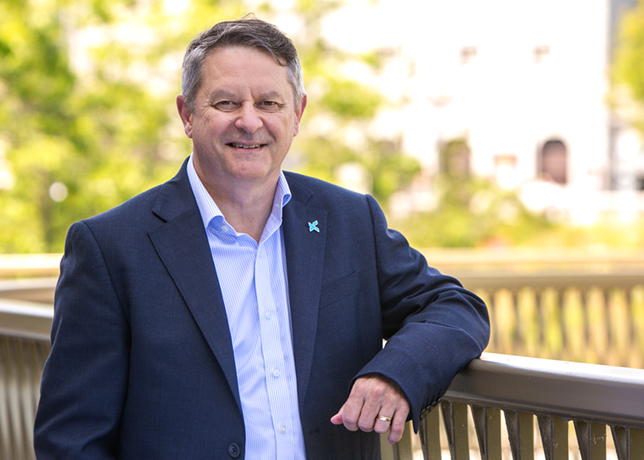


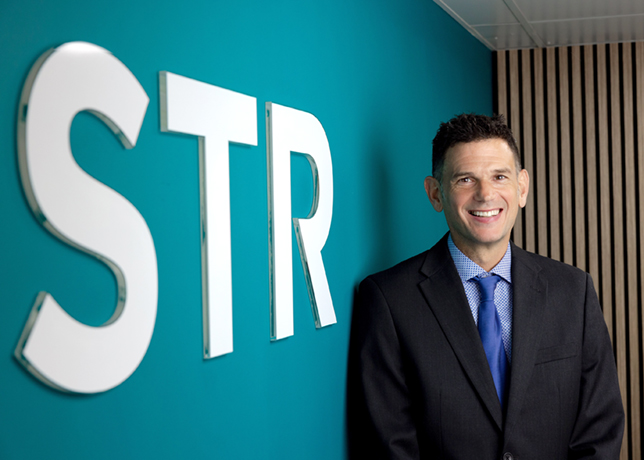

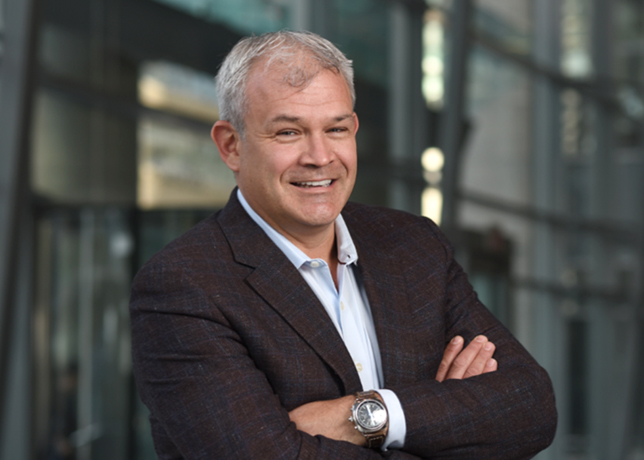



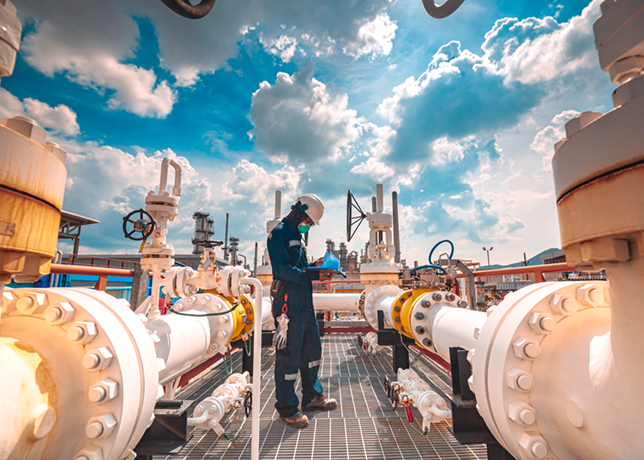
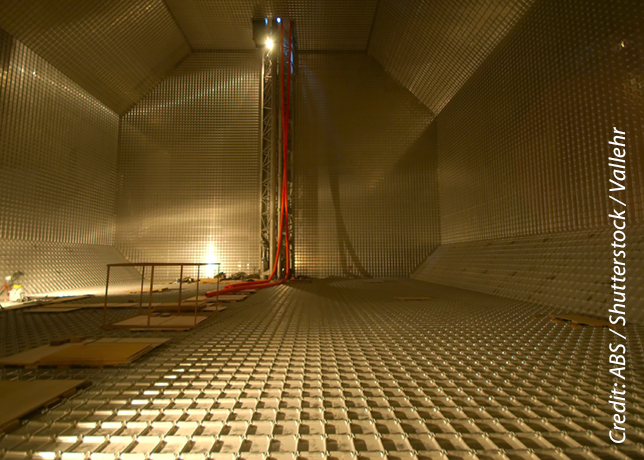
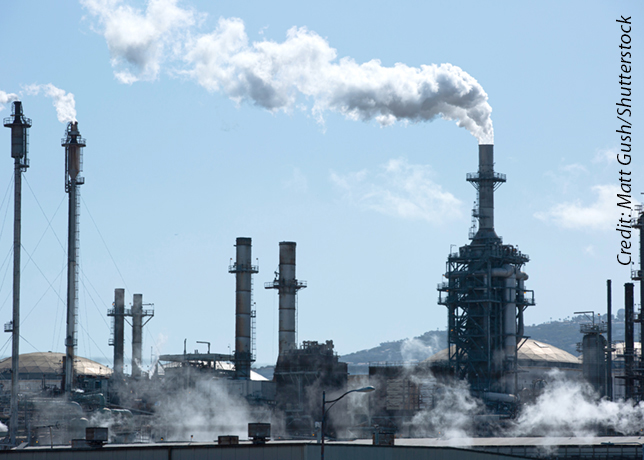
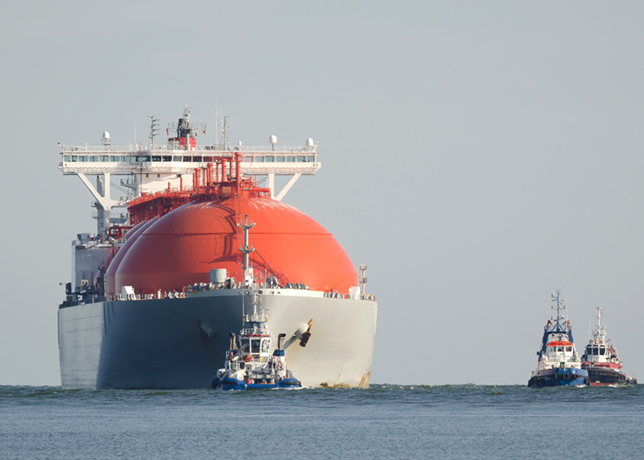

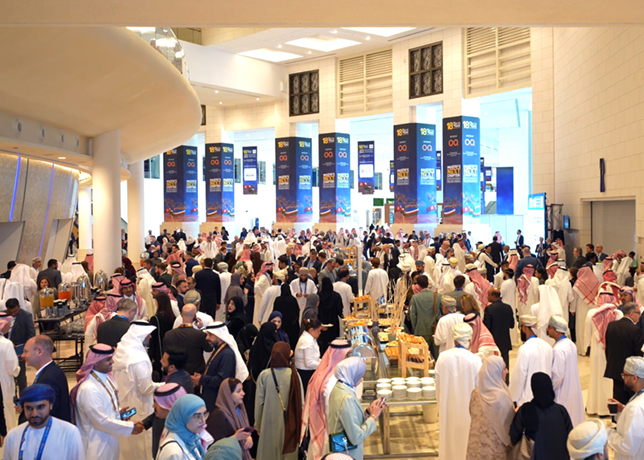
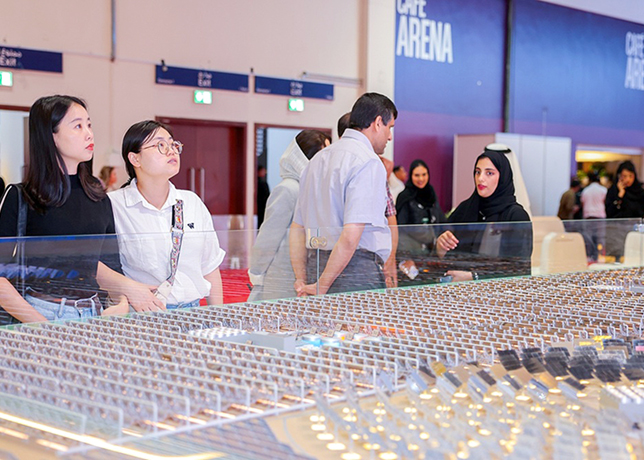
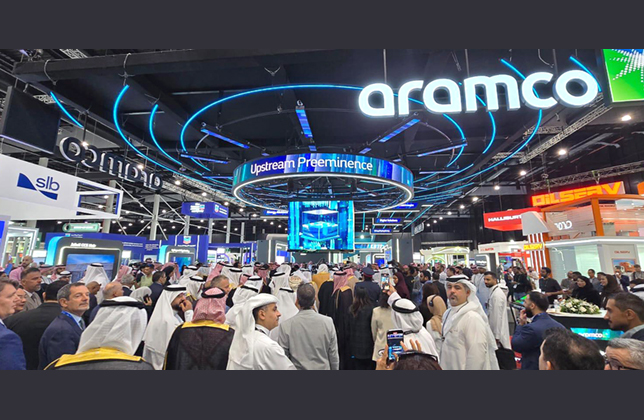

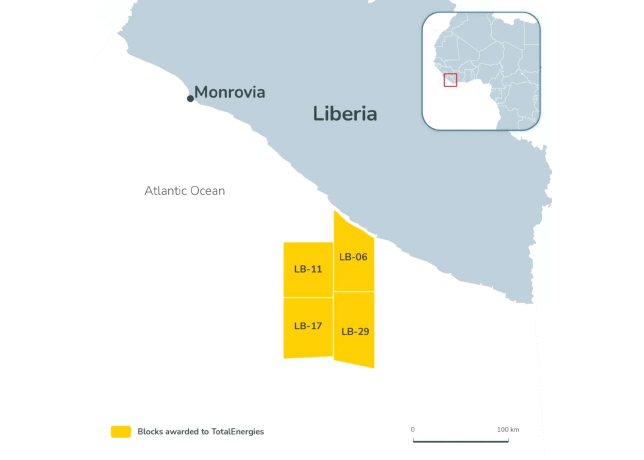


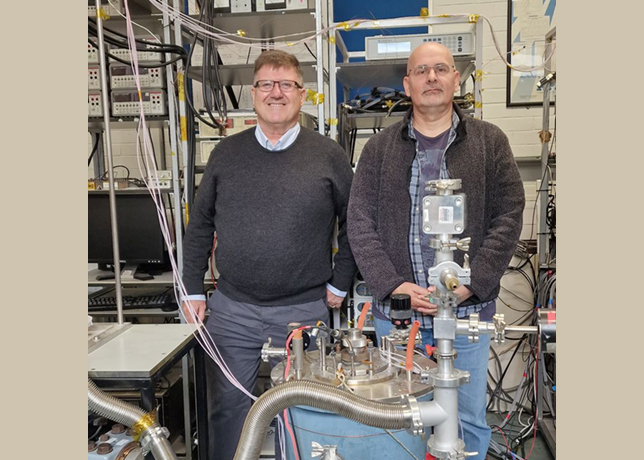
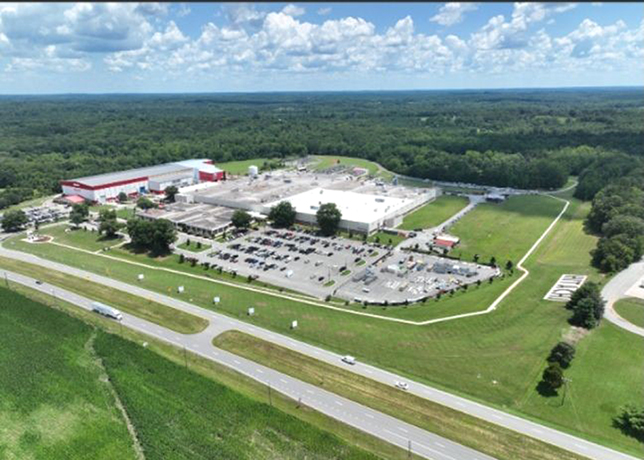
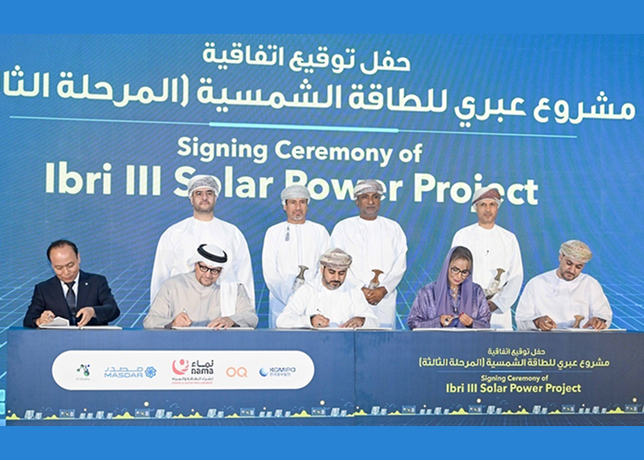
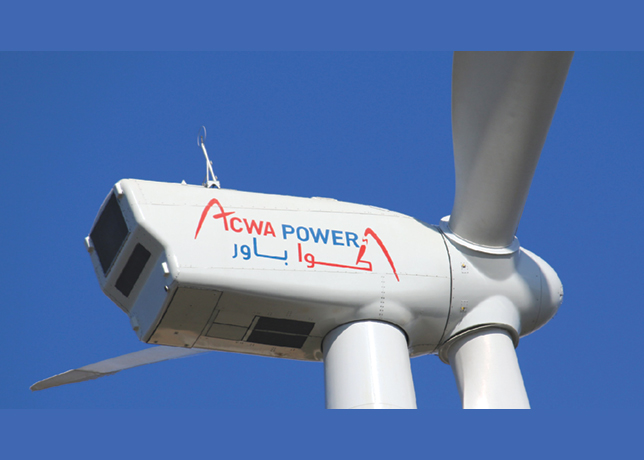


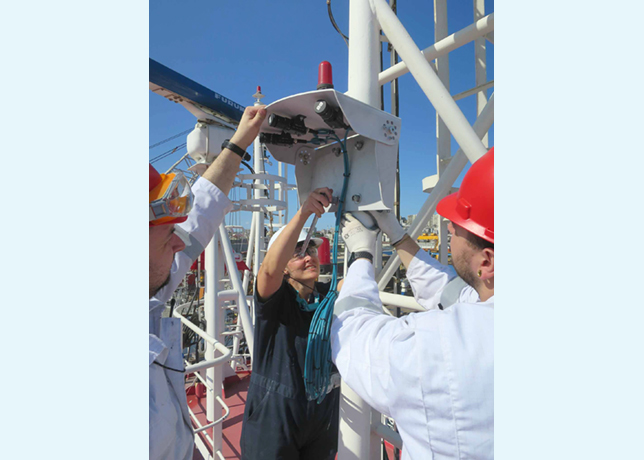


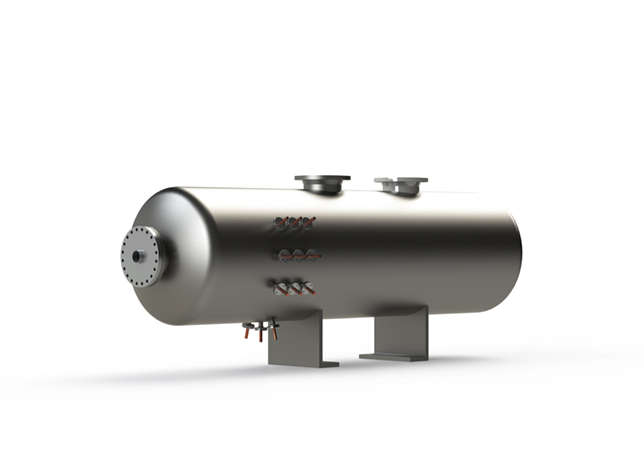
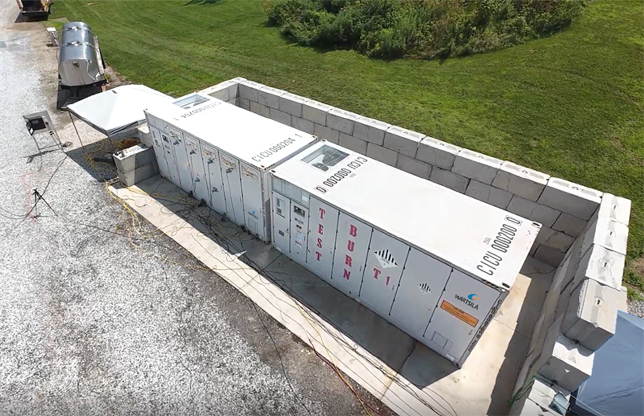

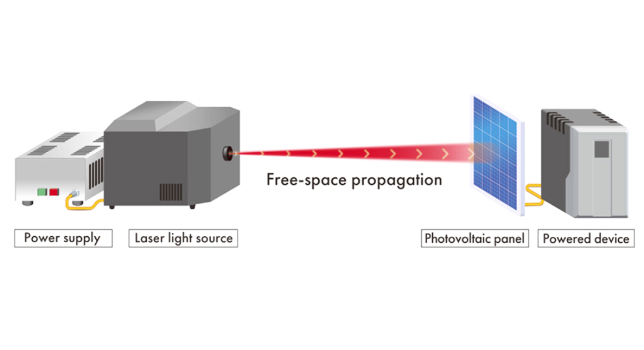

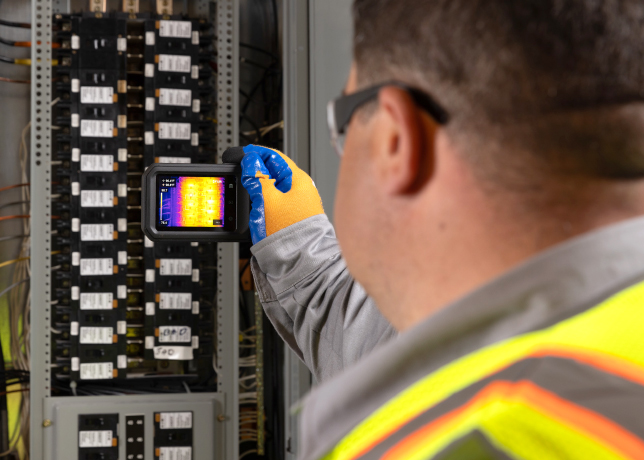
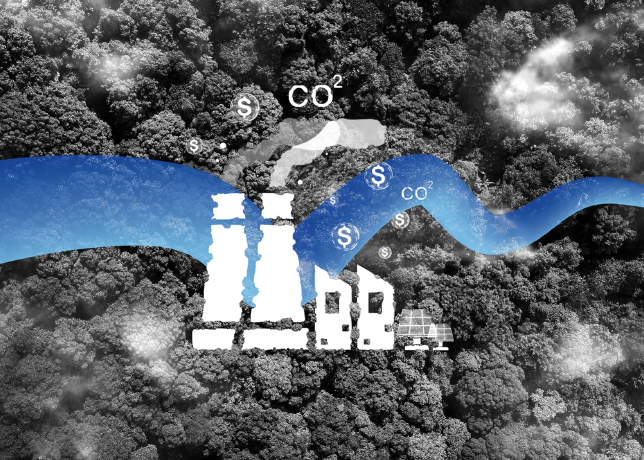
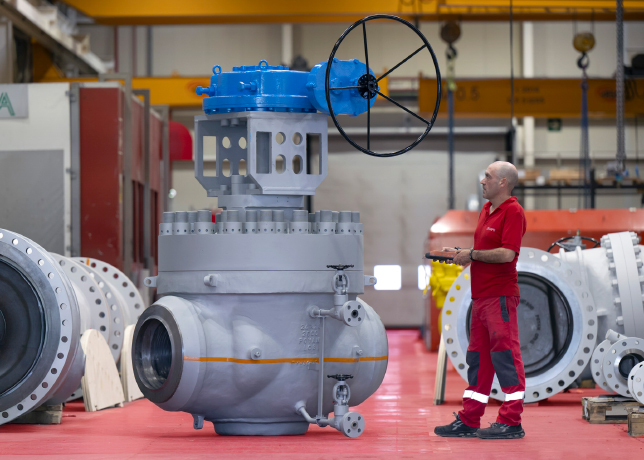
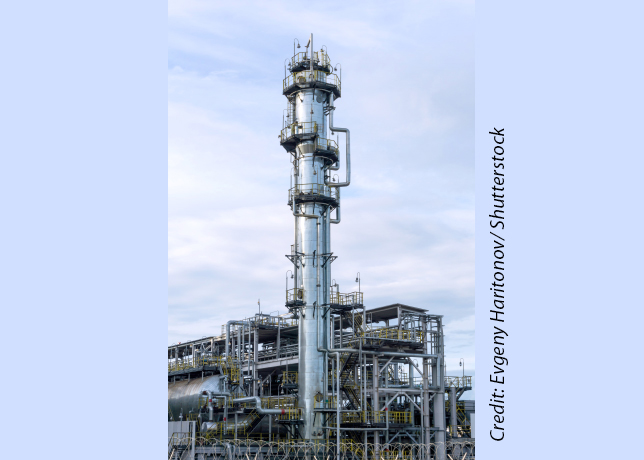
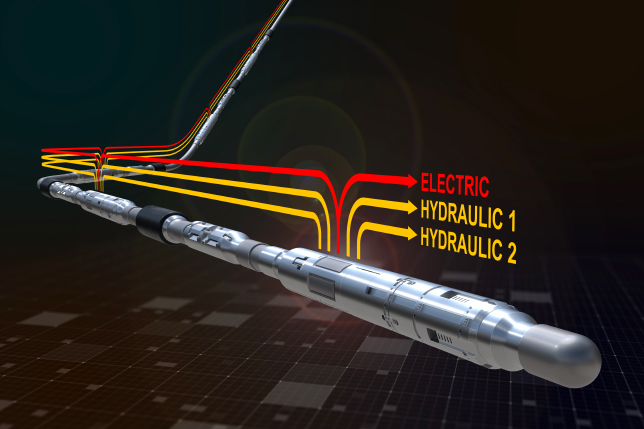
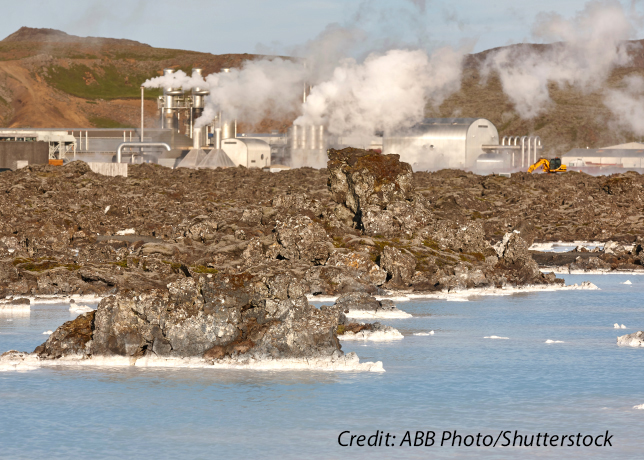
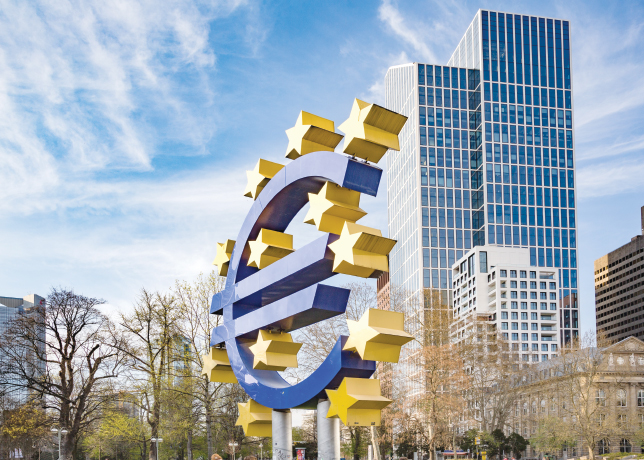
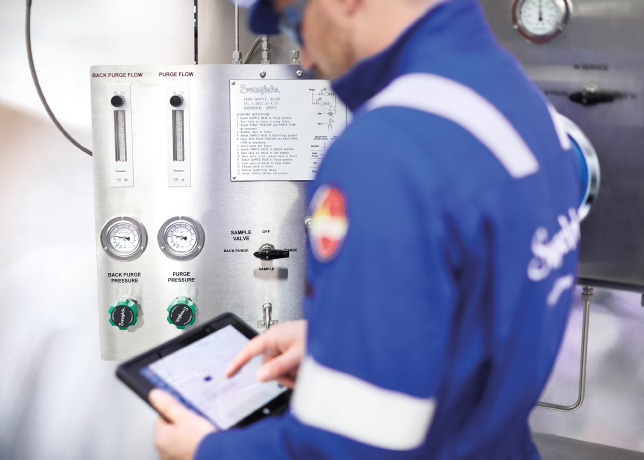
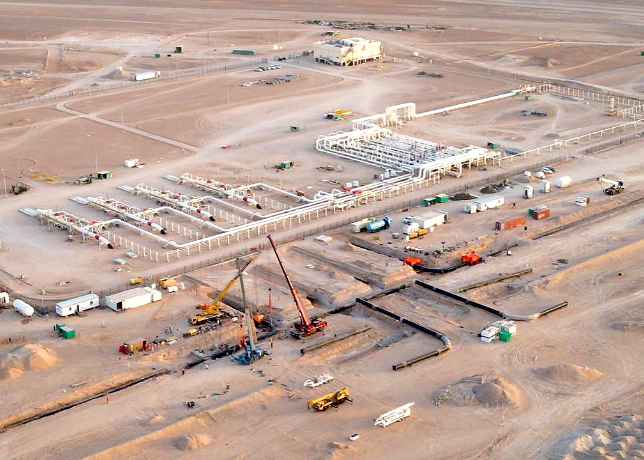
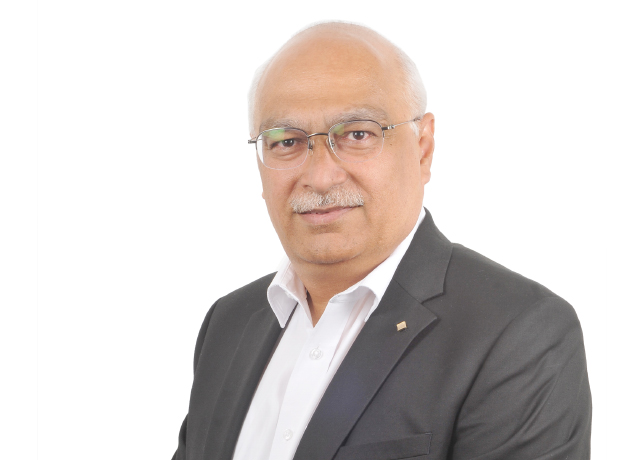
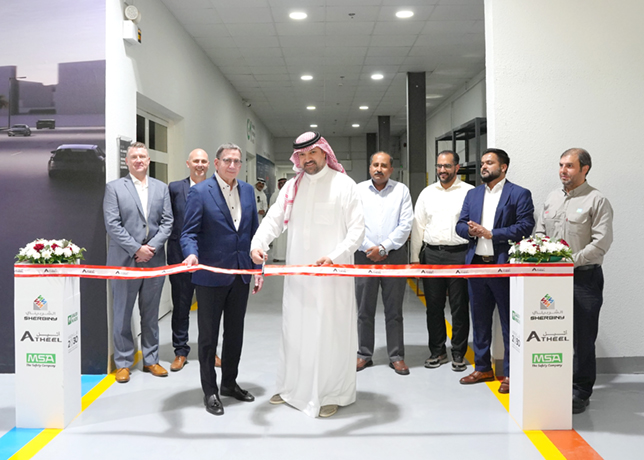
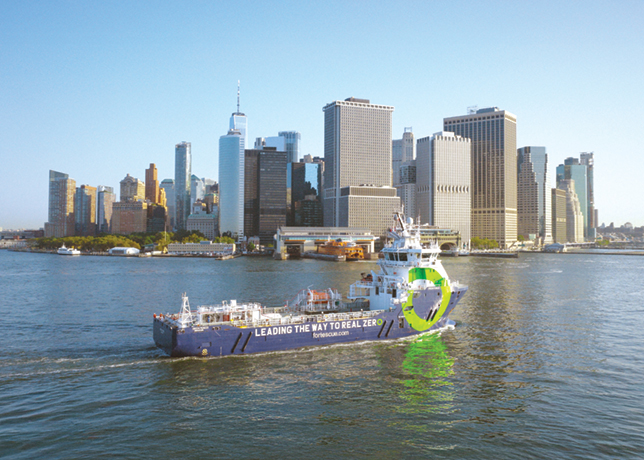
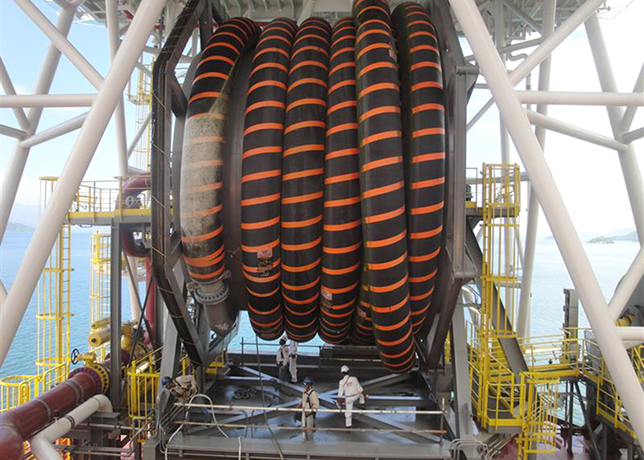
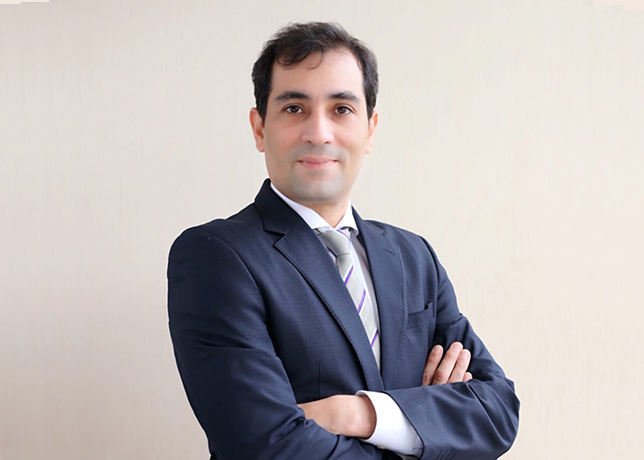
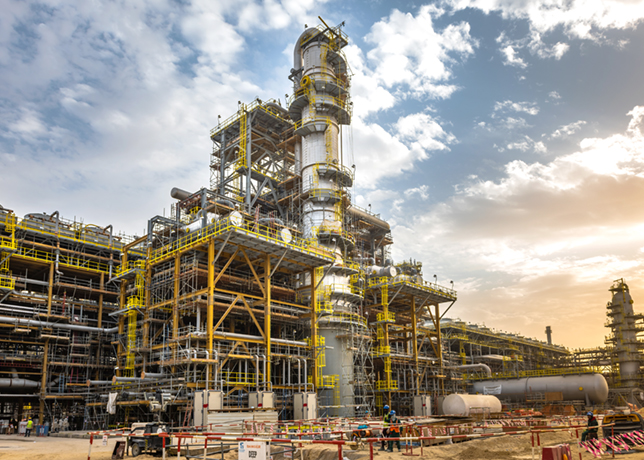
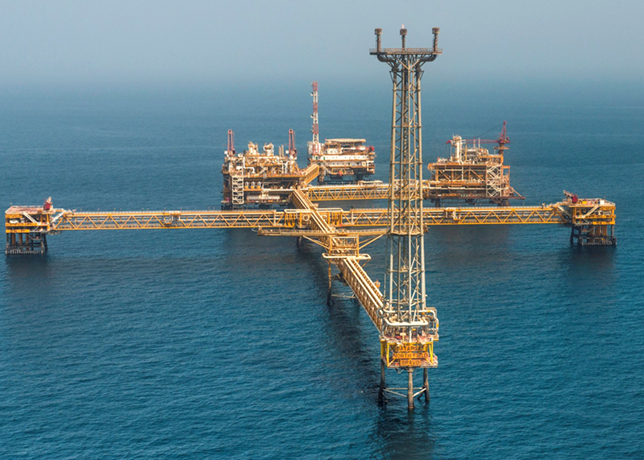


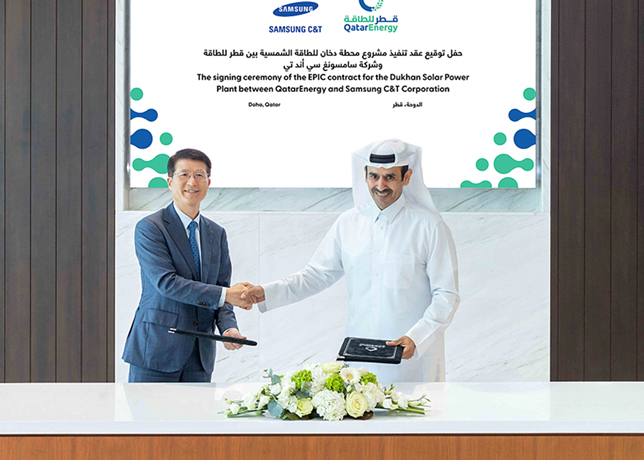
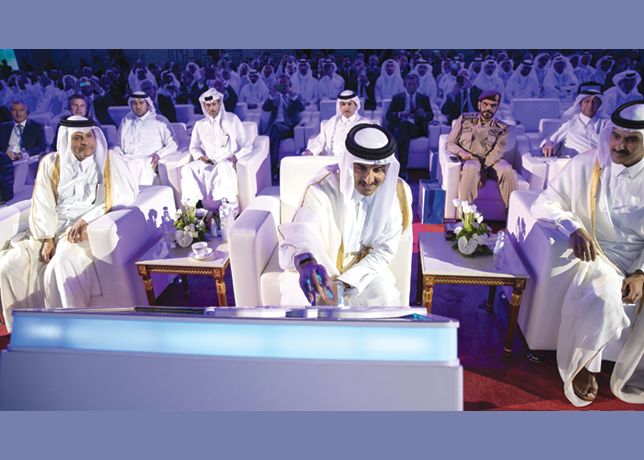
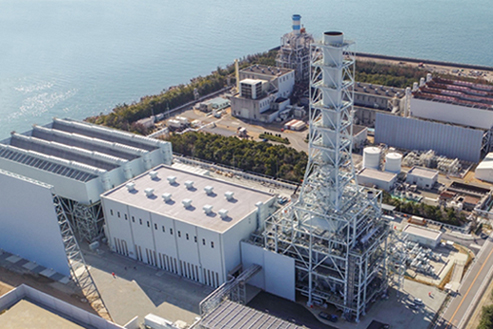

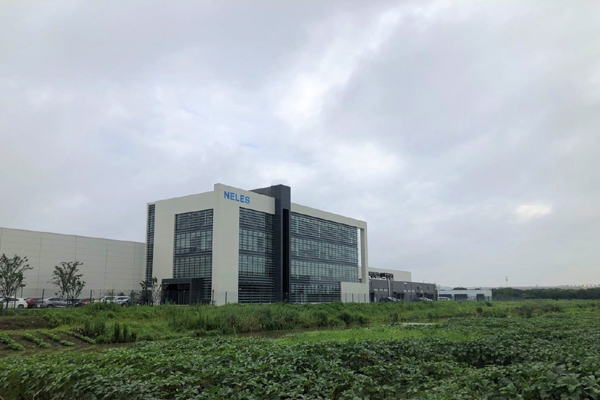
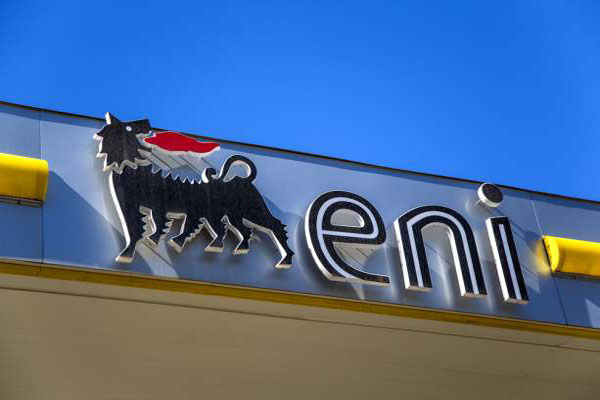



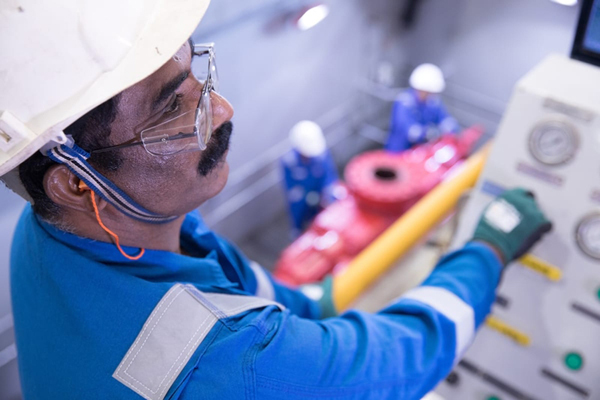
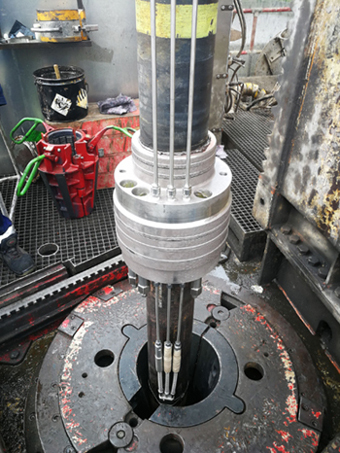
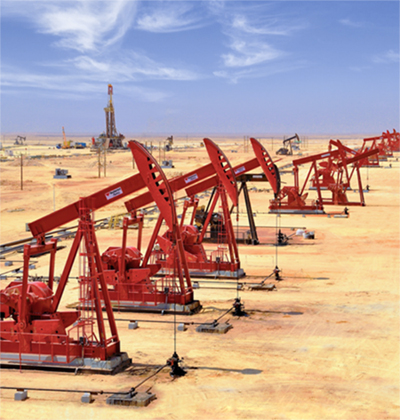
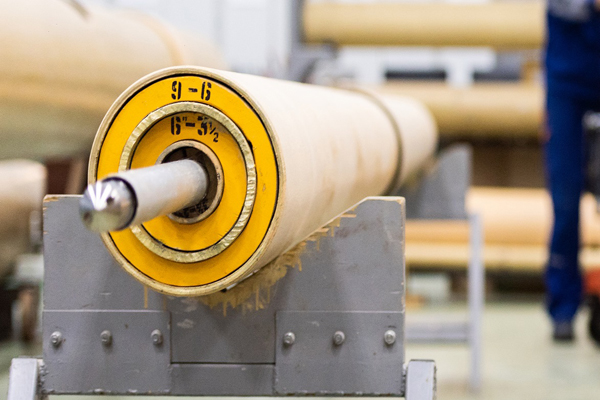

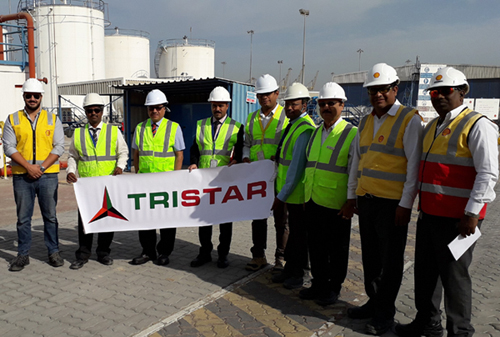
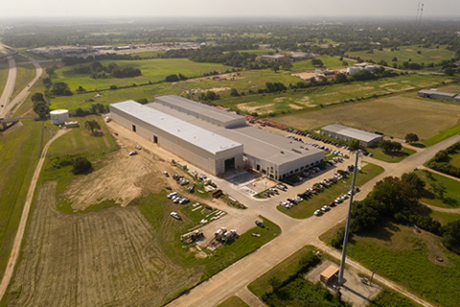
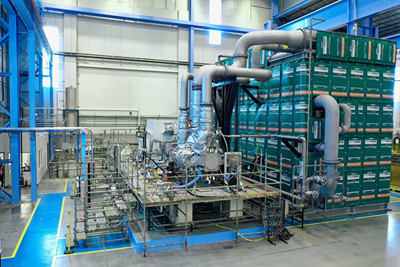
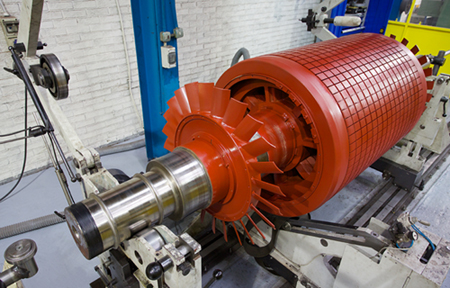
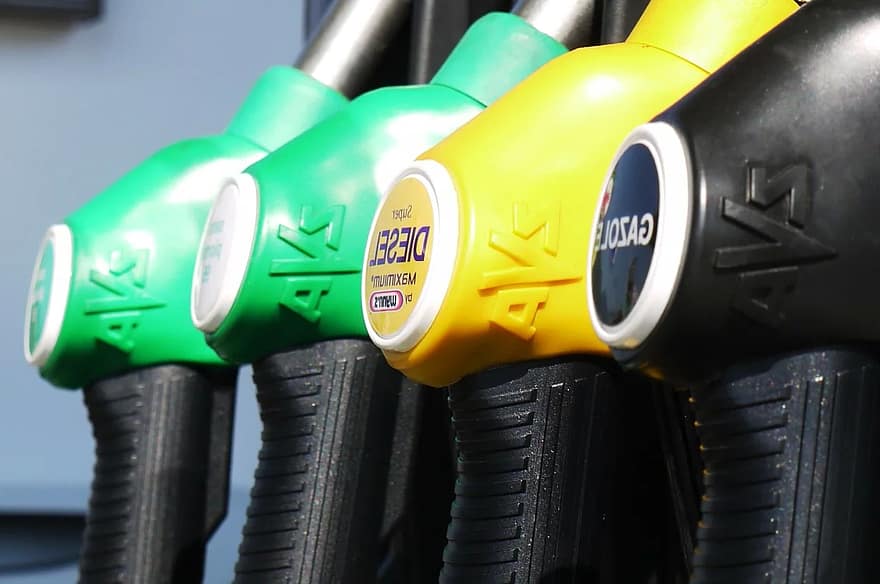
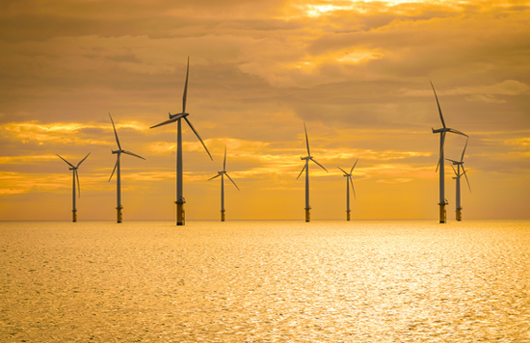
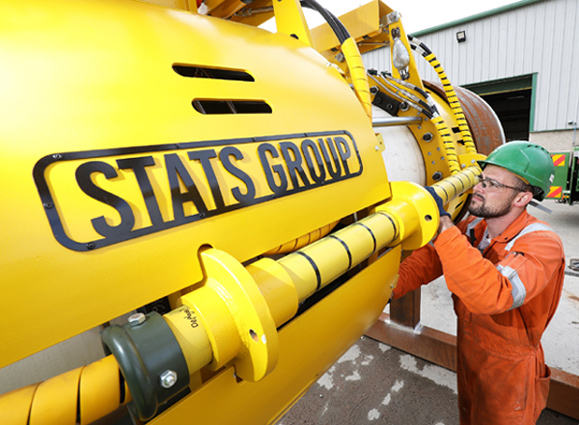
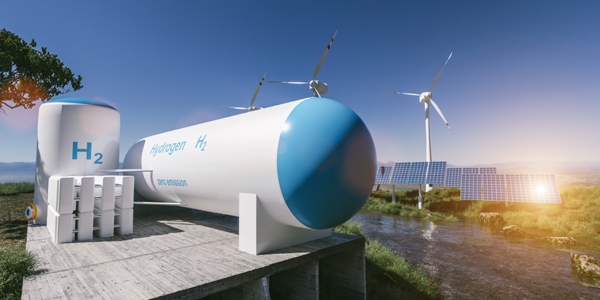

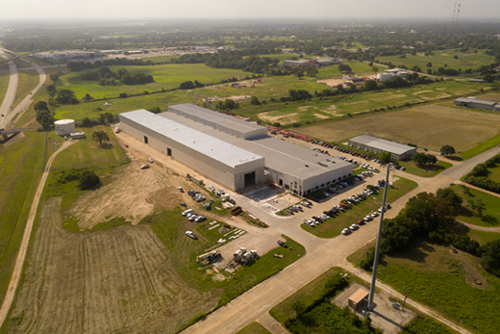
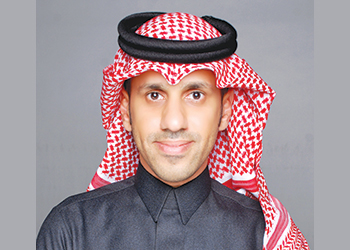

.jpg)
